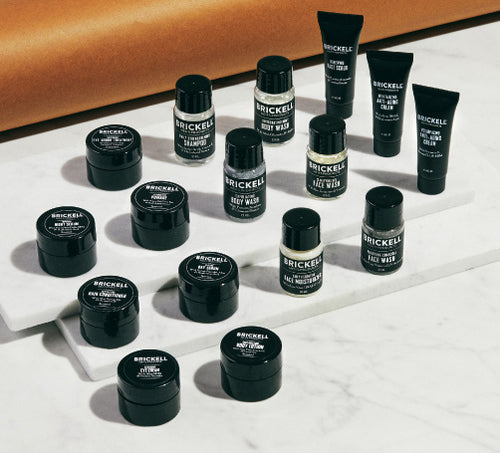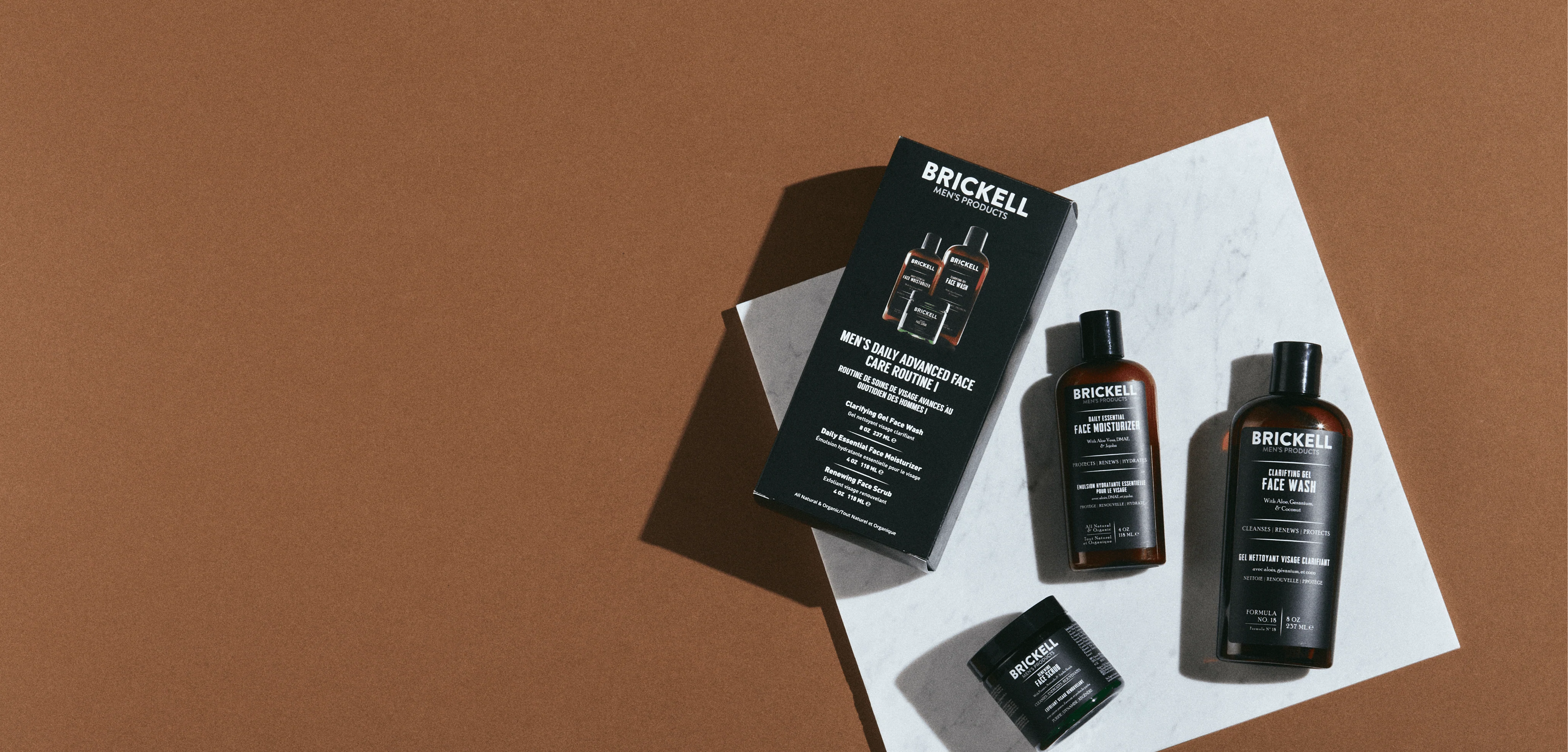The Grooming Manual
4 Myths About Sunscreen... Debunked

There are all kinds of myths surrounding sunscreen. Sure, you know you should wear it when you’ll be outside for 30 minutes or longer. And yes, by know you probably realize that sun damage is the #1 culprit behind the aging process. UV rays damage your skin, causing wrinkles, fine lines, and uneven skin tone.
Want to look your best - not to mention preventing skin cancer? You need to understand the truth about sunscreen and use it as recommended by the experts. That way you’ll get the maximum benefits and can enjoy healthier, more youthful skin.
Myth #1 - If you’ve got dark skin or a base tan, you don’t need to use sunscreen.
Totally wrong. Yes, you do have more natural protection from the sun when you have darker skin. But that does not mean you’re safe from the negative effects of UV rays. You can still get burnt and you can still develop skin cancer. So regardless of your skin color or tendency to burn, you should always use sunscreen.
Myth #2 - All sunscreens protect your skin in the same way.
Nope. UVB rays are associated with sun burn. (Easy way to remember this - UVB rays Burn.) It’s those nasty UVA rays you have to worry about when it comes to the aging process.
So how can you be sure your sunscreen is protecting you from both UVA and UVB rays? It’s still a bit complicated. Government agencies don’t have a solid way of labeling sunscreens to distinguish between UVA and UVB protection. But - in general - look for sunscreens that are labeled as “broad spectrum.” And look for ingredients specifically meant to block UVA rays - like titanium dioxide and zinc oxide.
Myth #3 - Sunscreens contain dangerous chemicals so it’s best not to use them.
This one is tricky. Yes, some sunscreens contain potentially dangerous chemicals. One that is often mentioned is PABA - para-aminobenzoic acid. This was commonly used in many sunscreens, starting in the 1970’s. But since then it has fallen out of use, especially since the FDA reported in 1989 that one component of the PABA ester could decompose into a carcinogen.
To protect your skin from damage without having to worry about your sunscreen doing worse, choose a natural zinc based sunscreen for men. This blocks sun radiation without soaking into your skin.
There are other methods you can use to protect yourself from the sun too, like:
Wear a hat. A wide brimmed hat that blocks the sun from your head and face is a smart way to protect yourself.
Stay indoors at midday. If possible, avoid being outside during the hours when the sun is most intense.
Use an umbrella. Whether you’re at the beach or out walking, a UV-protecting umbrella is a great alternative to sunscreen.
Wear sunglasses. Make sure the lenses are designed to protect you from both UVA and UVB rays.
Myth #4 - Once you’ve applied sunscreen, you’re good to spend all day in the sun.
This is most dangerous of all the myths listed here. Sunscreen is great - it can help reduce your risk of cancer, slow the aging process, and protect you from a miserable burn. But not if you use it incorrectly.
You must reapply often to get the proper benefits from sunscreen. And you should be using a product rated at least SPF 15. So, how long does sunscreen last? If you get in the water or get sweaty, you’ve got to reapply. Avoid the false sense of security that leads some guys to think, “I put on sunscreen first thing this morning, so I’m good to go all day.”
What If You’ve Already Got Sun Damaged Skin?
These tips are great for preventing future sun damage. But what can you do if you’ve already got sun damaged skin?
Follow the best anti-aging routine for men - including a face serum for men with vitamin C. These products will help boost collagen production, even out your skin tone, and reverse the damage caused by all those long days in the sun.


